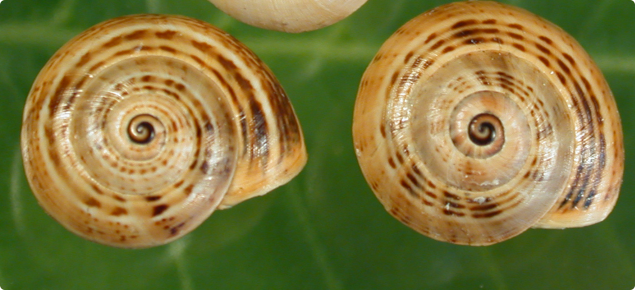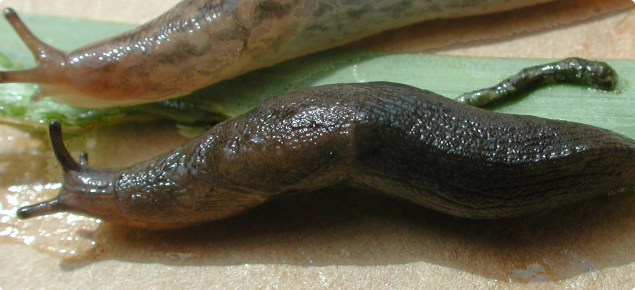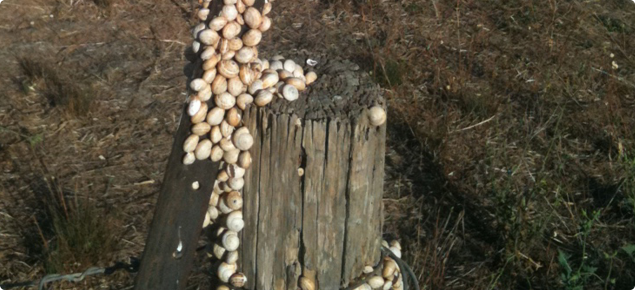Distribution of slugs and snails
Slugs are pests of crops especially emerging canola, in the higher rainfall regions of WA. Slugs tend to be restricted to soils with a clay content.
Snails are found on all soil types. White Italian and vineyard snails prefer alkaline sandy soils; the small pointed snail is able to survive on all soil types even acidic soils. Liming areas where there are snails will aid snail survival.
The small pointed snails however, are only known to cause economic crop damage in high rainfall areas. Where as the vineyard and white Italian snails are known to cause crop damage in the Greenough flats (which is the region between Dongara and Geraldton) and the Geraldton region.



